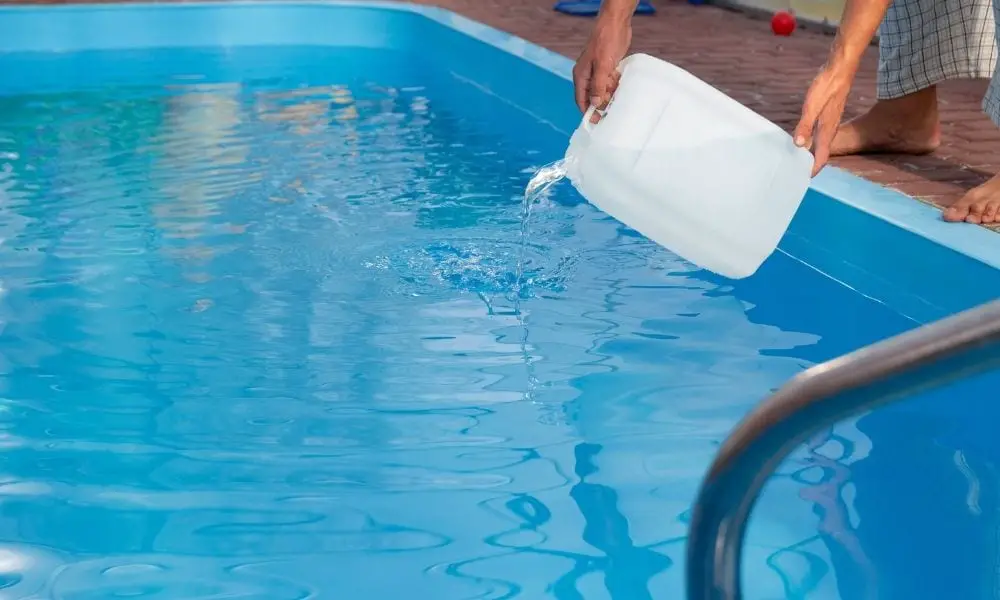

It’s no secret that sanitary conditions have become more important than ever before. We need to know that what we eat and the things we touch are safe. This caused many people to suddenly become more interested in how we deal with microorganisms and bacteria. Thankfully, there are many effective methods for eliminating bacteria, and it’s just a matter of what you need to sanitize and how to best approach it.
For countless years, people have used heat to remove microorganisms from substances. Many harmful forms of bacteria can’t survive past a certain temperature. Therefore, we boil water to sanitize items, and places like restaurants use high heat dishwashers to clean their tableware. Heat treatment comes in many forms. For example, hospitals will sometimes use a dry heat and pressure approach to sanitation with a vacuum oven. There are also moist heat devices known as autoclaves that use hot steam to penetrate surfaces and remove bacteria.
There are plenty of different chemical solutions that we use to destroy bacteria in different areas. One commonly known one is chlorine, which we use to sanitize water so we can swim. Even bleach contains chlorine and is used to disinfect certain surfaces. Even the hand sanitizer that we use is another solution that chemical engineering provided us to destroy bacteria safely.
One of the most effective methods of eliminating bacteria is using radiation. Ionizing radiation, such as x-rays and gamma rays, can pierce into bacteria and alter their molecules, damaging and killing them in the process. Non-ionizing radiation can’t penetrate cells, but we can still use it to sanitize surfaces of bacteria. So, while radiation presents certain challenges when used around humans, it is effective at sanitizing.
Whether we talk about air filtration or liquid filtration, filtering is another commonly used way to eliminate bacteria and other unwanted microorganisms. Filtration involves air or water moving through a filter specially designed to trap microorganisms. You regularly interact with filtration systems such as your heat and air-conditioning system, vacuum cleaner, and air purifier.
Discover practical quick easy ways to make money online and offline. Explore freelance gigs, selling…
When it comes to getting a good night’s sleep, it can often be tricky to…
Table of Contents: Introduction to Link Building The Importance of Quality Links Techniques for Successful…
In recent years, the transaction of bitcoin to usd dollar has attracted the attention of…
Tucked away in the folds of the Himalayas, the Kingdom of Bhutan remains one of…
In the current competitive market, the development of a memorable brand experience extends beyond the…